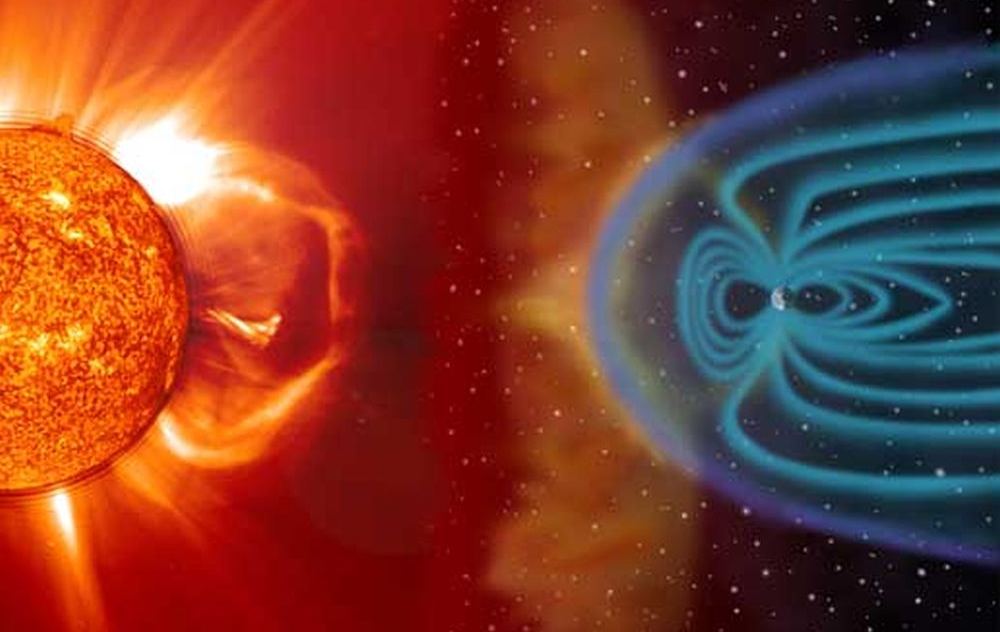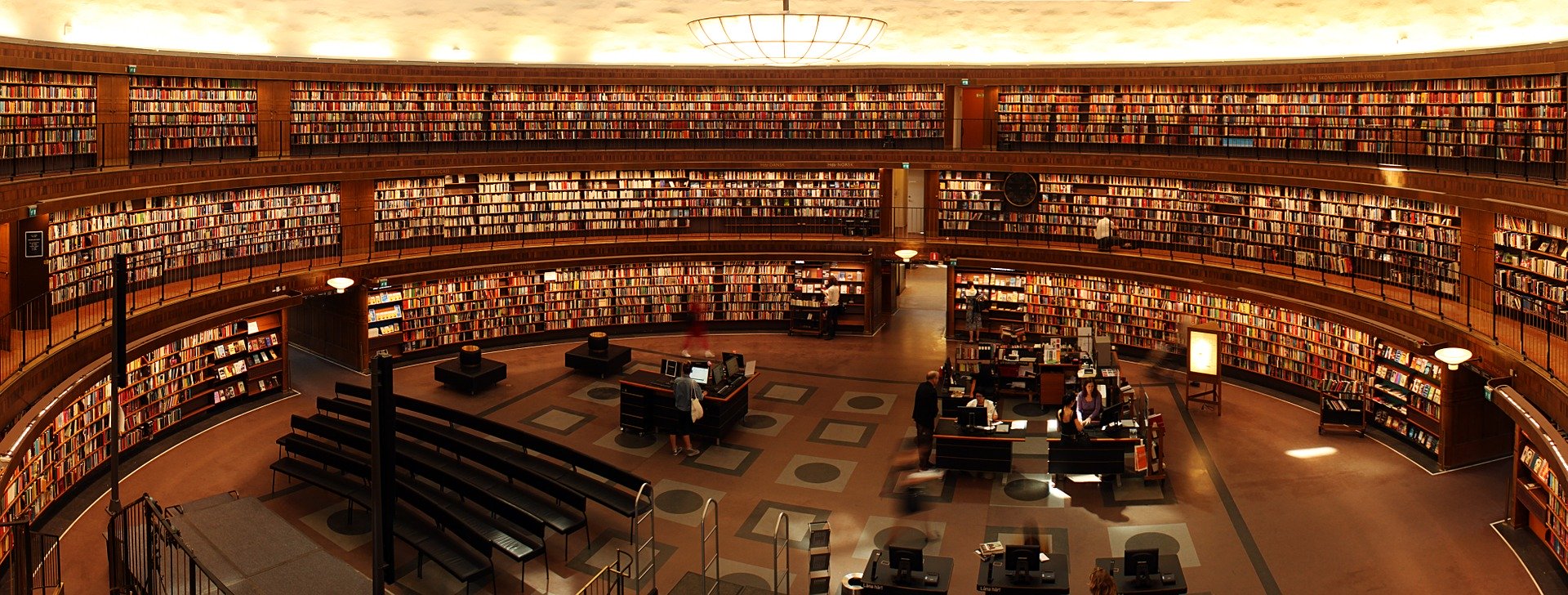One of the most striking features on Earth are the curious flows of lava as it cools, forming undulating ropes of rock known by the Hawaiian word pahoehoe. New research simulating conditions on Mars now reveals that the red planet has its own kind of pahoehoe…but made of mud.
Continue reading “On Mars, mud flows like lava”On Mars, mud flows like lava










